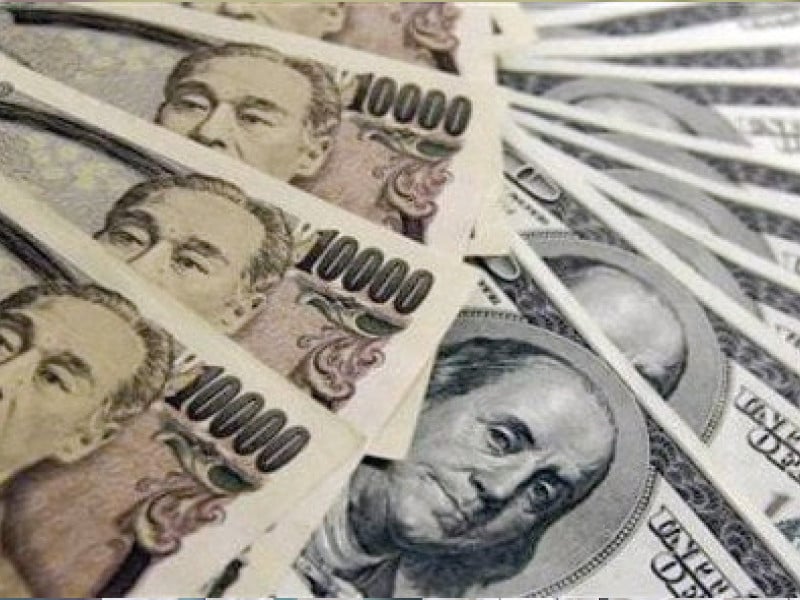
Workers' remittances sent home by overseas Pakistanis remained strong at nearly $3 billion in August 2024, marking a significant 40.5% increase compared to the same month last year. T
his robust growth is attributed to the prolonged stability of the rupee against the dollar and a surge in overseas employment, particularly in the Middle East, which allowed more expatriates to support their families back home.
According to data released by the State Bank of Pakistan (SBP), remittance inflows rose to $2.94 billion in August 2024, up from $2.09 billion in August 2023.
However, the inflows experienced a slight decline compared to $2.99 billion in July 2024. Cumulatively, remittances surged by 44% to $5.94 billion in the first two months (July-August) of the current fiscal year 2024-25, compared to the same period last year.
The average monthly inflow of nearly $3 billion during the first two months of FY25 is notably better than the full-year average of $2.68 billion per month in FY24, suggesting that the growth momentum could be sustainable moving forward.
Speaking to The Express Tribune, Tahir Abbas, Head of Research at Arif Habib Limited (AHL), noted that the major growth in remittances was recorded from Middle Eastern countries.
A significant number of Pakistanis found employment in Saudi Arabia and the United Arab Emirates (UAE) in recent months, contributing to the increase in remittances.
Abbas dismissed concerns about the impact of declining international petroleum prices on remittance inflows, stating that the current downward trend in oil prices is more of a normalisation than a sharp decline.
He explained that oil prices below $70 per barrel do not pose a significant threat to remittance inflows from oil-dependent Middle Eastern countries like Saudi Arabia and the UAE, which are major sources of remittances for Pakistan.
"Even if oil prices briefly dip below $60 per barrel, it would not destabilise remittance inflows.
However, if prices were to fall below $50 per barrel, it could hurt receipts, though such a scenario is not foreseen at present," Abbas explained.
He projected that if remittance inflows continue at the current rate of nearly $3 billion per month, they could reach a new all-time high of over $35 billion for the full fiscal year FY25, compared to $30.25 billion in FY24.
The AHL analyst highlighted the central bank's recent decision to increase profit margins for banks and authorised exchange companies as a move to encourage more remittances through official channels.
The enhanced incentives, particularly for smaller inflows from daily and weekly wage earners, are expected to improve the country's remittance inflows.
However, Abbas cautioned that any depreciation of the rupee or lower-than-expected growth in the domestic economy could slow down remittance inflows through official channels.
In such cases, non-resident Pakistanis might revert to using unofficial channels, such as hawala and hundi, to send money home.
To mitigate this risk, Abbas urged the government and the central bank to maintain a vigilant watch on the disparity between the rupee-dollar exchange rates in the interbank and open markets.
He recommended keeping the difference within the International Monetary Fund's (IMF) recommended maximum limit of 1.25% (around Rs3.50 per dollar). This measure would prevent the re-emergence of illegal currency markets and discourage remittance flows from shifting to unofficial channels.
"The stability of the rupee-dollar exchange rate will be key to maintaining robust remittance inflows," Abbas said, noting that the exchange rate has remained steady in the range of Rs278-279 per dollar for the past five months.
He anticipated that the rupee would remain stable at least until the end of December 2024, with a slight decline expected in the second half (January-June) of the current fiscal year.
Region-wise remittances breakdown
Workers' remittances sent home by overseas Pakistanis from Saudi Arabia surged by 45% to $713 million in August 2024, compared to $491 million in the same month last year.
Remittances from the UAE also saw significant growth, rising 75% year-on-year to $538 million, up from $308 million in August 2023.
Similarly, non-resident Pakistanis in the United Kingdom remitted $475 million in August 2024, marking a 44% increase from $330 million in the same month of the previous year. Inflows from European Union (EU) countries increased by 29% to $376 million, up from $291 million.
Expatriates in the United States sent $322 million in August 2024, which represents a 23% rise compared to $263 million in August 2023. Remittances from other Gulf Cooperation Council (GCC) countries reached $281 million, reflecting a 29% increase from $218 million in the corresponding month last year.
Additionally, non-resident Pakistanis from other parts of the world remitted $237 million in August 2024, which is 42% higher than the $167 million sent during the same period last year.

1725947389-0/Selena-Gomez-(1)1725947389-0-405x300.webp)


1725936122-0/Untitled-design-(14)1725936122-0-165x106.webp)









1725859023-0/Untitled-design-(38)1725859023-0-270x192.webp)
1725879396-0/Untitled-design-(27)1725879396-0-270x192.webp)








COMMENTS
Comments are moderated and generally will be posted if they are on-topic and not abusive.
For more information, please see our Comments FAQ